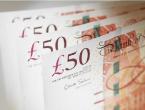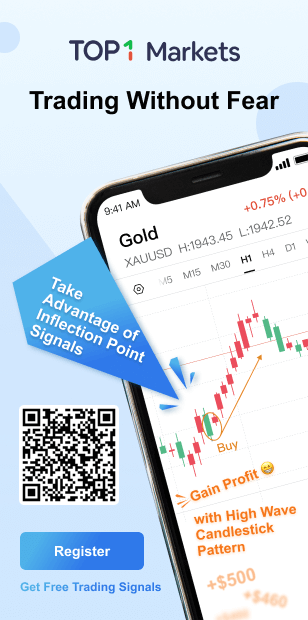EUR/USD
1.16548
-0.135%
Gold
4187.32
-0.374%
Oil
59.171
0.462%
USD/JPY
155.356
0.086%
GBP/USD
1.33335
-0.141%
GBP/JPY
207.146
-0.043%
On December 4th, ING interest rate strategists Padhraic Garvey and Benjamin Schroeder stated in a report that the US 10-year Treasury yield is likely to "maintain" its trading range of 4% to 4.10% for some time before breaking through. They stated, "We believe a drop below 4% would be temporary, while a break above 4.1% is more structural and will certainly be a theme in 2026." The strategists indicated that the market lacks a compelling reason to fall below 4%, but is also unwilling to push further above 4.1%.December 4th Futures News: 1. WTI crude oil futures trading volume was 661,190 lots, an increase of 28,819 lots from the previous trading day. Open interest was 1,921,825 lots, an increase of 7,158 lots from the previous trading day. 2. Brent crude oil futures trading volume was 120,219 lots, a decrease of 871 lots from the previous trading day. Open interest was 222,988 lots, an increase of 288 lots from the previous trading day. 3. Natural gas futures trading volume was 668,655 lots, an increase of 91,124 lots from the previous trading day. Open interest was 1,548,511 lots, an increase of 24,205 lots from the previous trading day.December 4th - For many emerging market currencies in Asia, the widely anticipated December rate cut by the Federal Reserve may be timely. The Feds easing of monetary policy will help alleviate downward pressure on the Indian rupee and provide a breather for weaker currencies such as Indonesia, South Korea, and the Philippines. This week, the rupee fell below 90 against the dollar for the first time, while the South Korean won has fallen by more than 4% this quarter. Wee Khoon Chong, Asia Pacific market strategist at BNY Mellon, said, "Further easing by the Fed is likely to support Asian currencies overall." He stated that regional currencies with strong growth momentum and sound fiscal policies, such as the South Korean won, are likely to perform best. On the other hand, he noted that the Indian rupee still faces negative factors including high US tariffs and downside risks to growth, while the Philippine peso will be dragged down by the central banks easing bias. TS Lombard strategists Daniel von Ahlen and Andrea Cicione wrote, "Now is the time to go long on Asian currencies."Korean chip stocks were led by Hanmi Semiconductor, with its share price falling 4.4% to 116,100 won.December 4th - According to Reuters, three Japanese government sources said the Bank of Japan (BOJ) is likely to raise interest rates in December, and the government is expected to tolerate this decision. The sources said the BOJ appears prepared to raise its policy rate from 0.5% to 0.75%, a signal echoed by Governor Kazuo Ueda in his speech on Monday. This would be the first rate hike since January. One source said, "If the BOJ wants to raise rates this month, let them decide. Thats the governments position." He added that a rate hike this month is almost certain. Ueda stated on Monday that the BOJ would consider the "pros and cons" of a rate hike this month, indicating a high probability of a rate increase at its December 18-19 meeting. These comments have led the market to price in an approximately 80% probability of a December rate hike, although some market participants are watching how the dovish government of Prime Minister Sanae Takaichi might react. Market focus may shift to the BOJs wording regarding the ultimate extent to which it will raise rates, a topic on which Ueda remains ambiguous.











